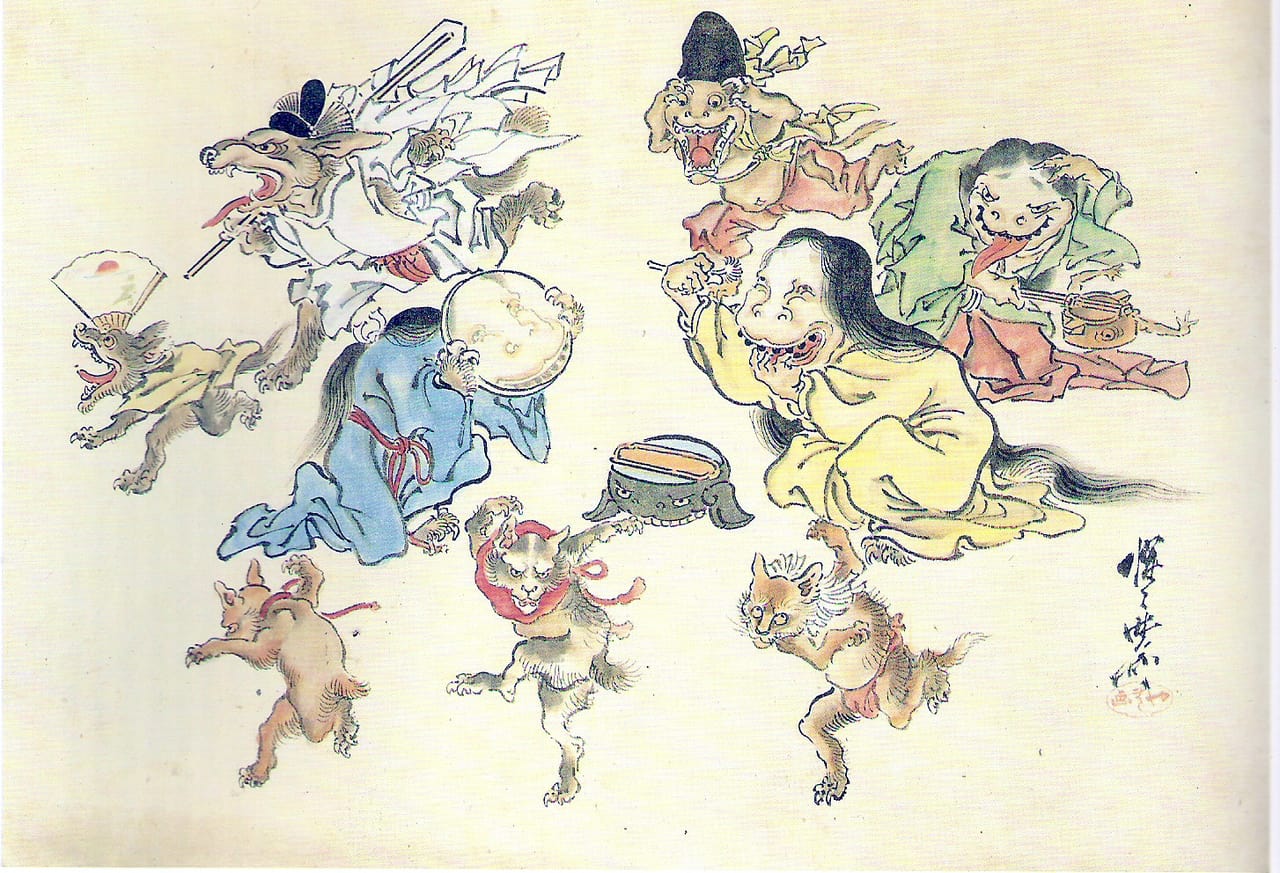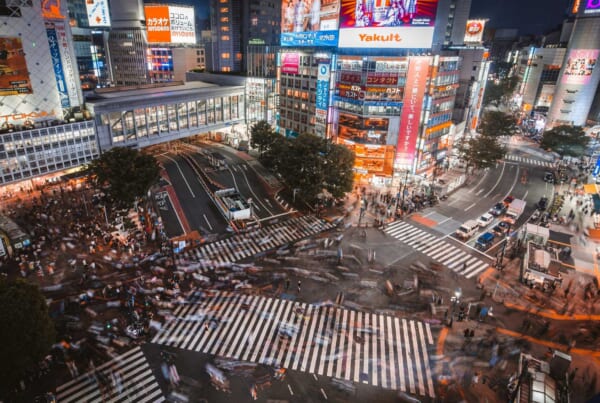Since the beginning of time, people have always tried to find answers or reasons for those situations or phenomena in which it was difficult to apply logic. To explain those things that escaped rational understanding, we’ve created legends and myths that have lasted for centuries. Stories about characters with extraordinary powers, gods, heroes and monsters. In Japan, many of these stories feature yokai, supernatural creatures that reside on the borders between the known and the unknown.
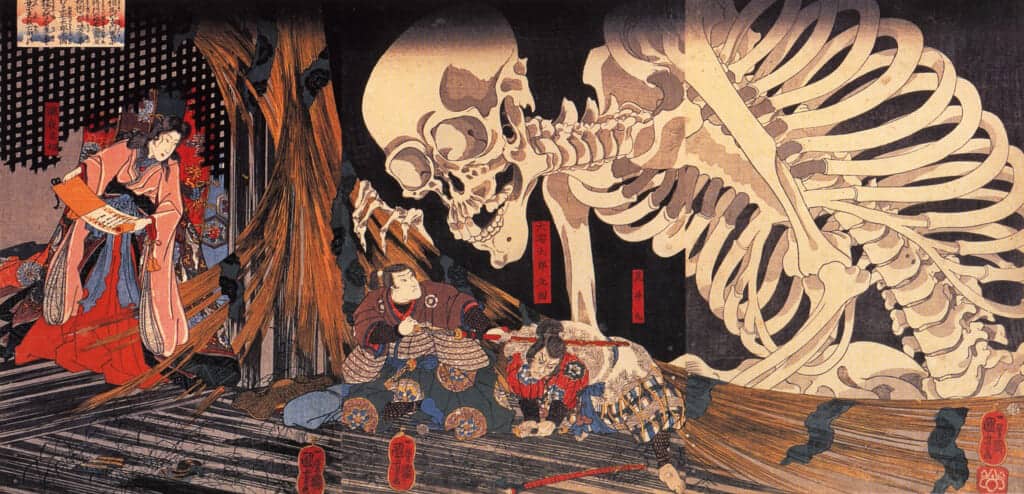
Yokai and Their Origin in Japan
A yokai is a mysterious phenomenon beyond human understanding that can only be explained as a supernatural entity. They’re part of Japan’s tradition and culture, particularly rooted in small towns and villages, where they are passed down from generation to generation. These monsters move across the confusing boundaries between reality and fiction, conviction and disbelief, good and evil.
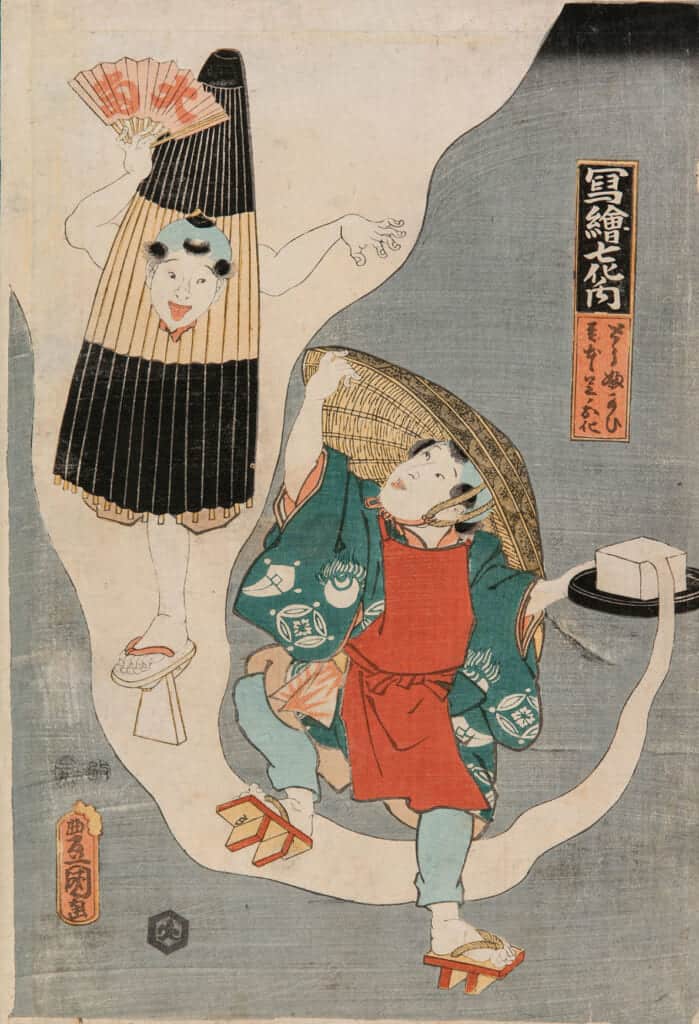
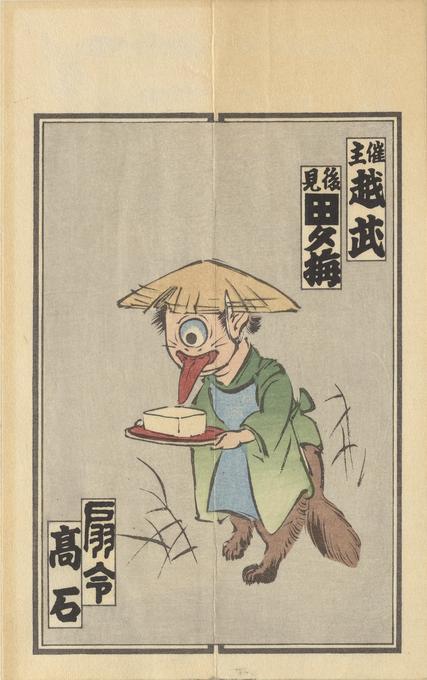
According to the Kojien dictionary (広辞苑), one of Japan’s most prestigious dictionaries, Yokai means:
【Yokai】 1. A strange creature or phenomenon that cannot be explained by human knowledge 2. Monster
In other words, when something strange happens and the human mind can not understand it, it was said to have been caused by a yokai. Perhaps this may be difficult to understand today, as we live surrounded by technology and have access to any kind of information in just a few seconds. Therefore, to understand the origin of yokai, it’s necessary to think about how Japan was like a few centuries ago:
Imagine yourself in the middle of the night, on a dimly lit road in a small town lost in rural Japan. You’re in a time when advanced technology doesn’t exist and the only news source comes from traders coming in from distant cities and from comments and rumors spreading around the region. It’s a rainy summer night — so quiet that you can hear your own breathing. Suddenly, you feel a breath of cold air on the back of your neck and something hits your leg, but you turn around and see no one. There is no one else besides you.
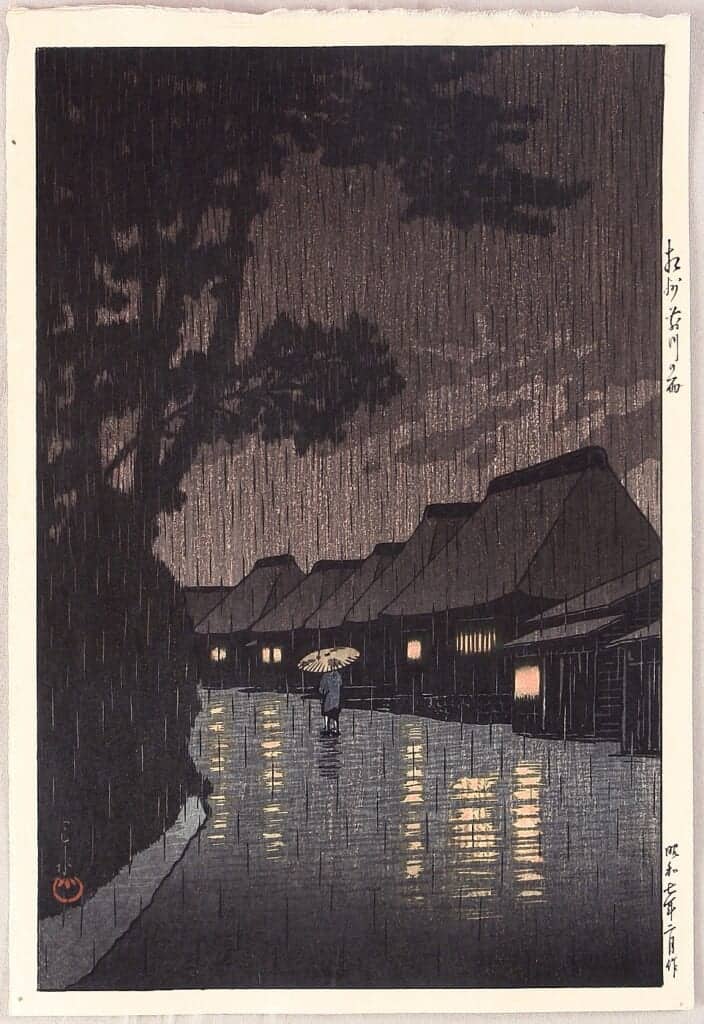
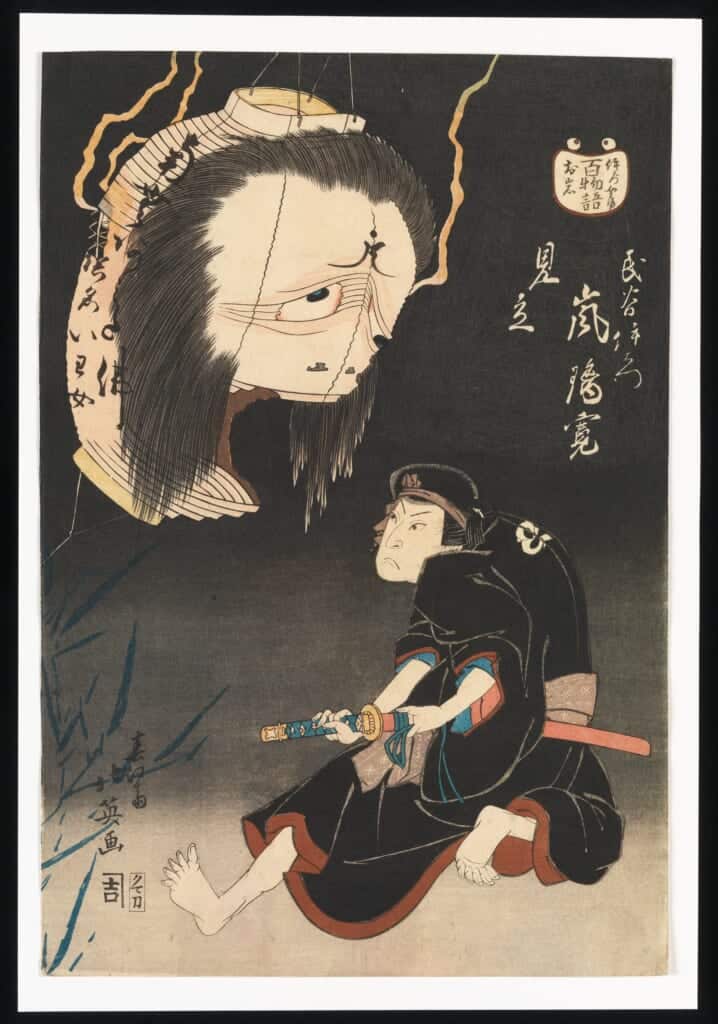
It’s likely nowadays there are some scientific explanations for this phenomenon. But in rural Japan a few hundred years ago, the only way one could deal with such events was to believe in the existence of yokai. Little by little, these creatures began to become part of the country’s everyday life, tradition and culture.
Today, the belief in yokai is so deeply rooted in Japanese society that they’re still the protagonists of some unexplained phenomena.
Where Do Japanese Yokai Live? When Do They Appear?
The origin of yokai is rooted in Shinto principles, including animism and nature worship. Shinto is the oldest religion in Japan, and its name, Shinto (神道) means “the way of the gods.” It’s based on the worship of the gods (kami 神, in Japanese) and according to its beliefs, these gods are found everywhere, both in nature and in animate and inanimate beings.
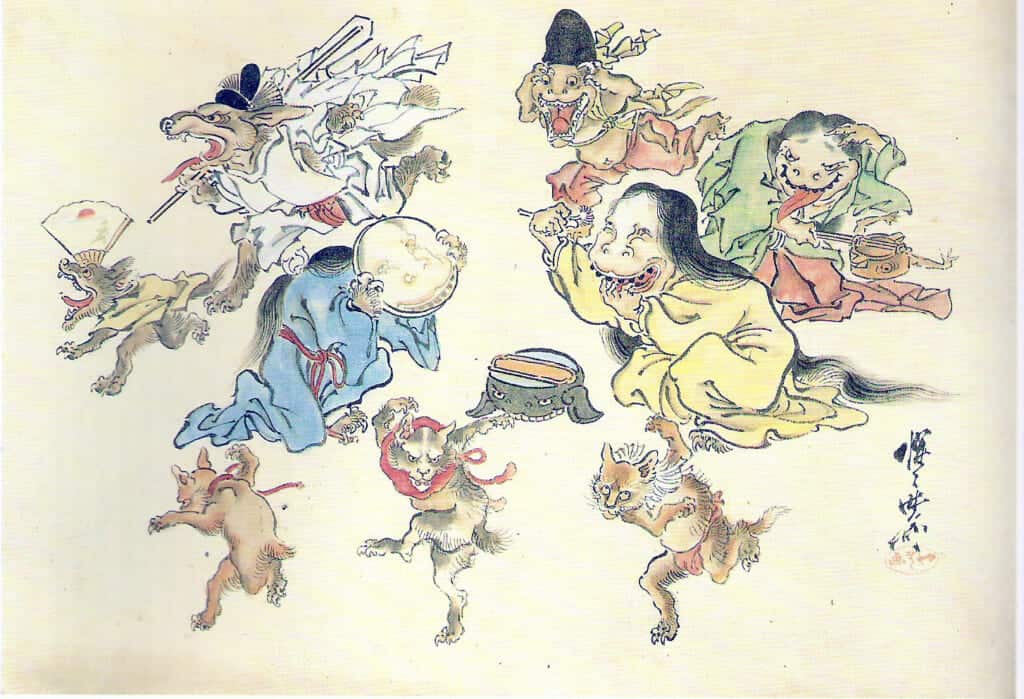
For this reason, yokai are on the border between “this world” and “the other world.” Sometimes they reside in natural places that are considered sacred according to Shinto: mountains, forests, and rivers because they prefer to avoid contact with humans and live in isolation. But there are yokai that live in harmony with our world. An example of this is the tsukumogami (付喪神), a type of yokai manifested within tools and typical Japanese items.
As we mentioned before, yokai move between borders. That’s why they like to appear during hours of twilight when you can’t yet distinguish day from night. They also enjoy grey days, where the sun rays barely filter through the clouds.
The Night Parade of 100 Demons in Japan
In Japan, there are numerous legends that speak of yokai parades through the streets of towns and cities, called Hyakki Yagyo (百鬼夜行 – The Night Parade of 100 Demons). This event usually occurs on warm summer nights and during the Obon (お盆), a Buddhist holiday when the spirits of the dead are believed to visit the homes of their living families.
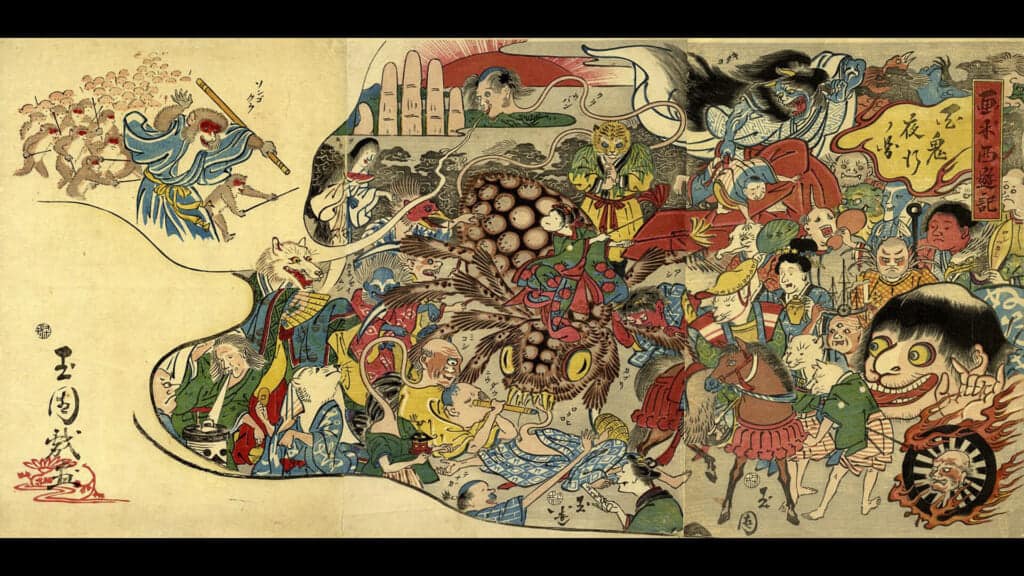
According to legends, humans were tricked by the yokai into going out to the streets during those nights. At that time, these terrifying monsters took the opportunity to kill all those curious humans who had come to see the macabre parade.
According to the Shugaisho (拾芥抄), an ancient encyclopedia of Japan, the Onmyōji (陰陽師 – esoteric practitioners and fortune tellers) can predict the days when this supernatural event will occur using the Chinese zodiac. And the only way to stay safe during yokai parade nights is to stay locked indoors.
Japan’s Most Famous Yokai Creatures and Monsters
There are many types of yokai in Japan. They often have animals characteristics, although others take on human-like forms. Some take the form of inanimate objects, while there are also those with no apparent shape at all. Not all of these monsters are equally dangerous. They vary from the truly evil yokai, others that are simply mischievous, and some of them benevolent beings that bring good fortune. Most of them have spiritual or supernatural abilities that they can use to do good, as well as evil.
Here are some of Japan’s most famous yokai, are you ready?
Oni (鬼): Japanese demons
The oni are the strongest, most violent, and dangerous yokai. Their appearance is similar to that of an ogre or demon, their body is red — sometimes blue or green — they have horns and fangs and carry an iron mace. It’s one of the oldest supernatural beings and its origin is related to Buddhism. In this religion, the oni are the guardians of the gates of hell and watch over and torture the damned.
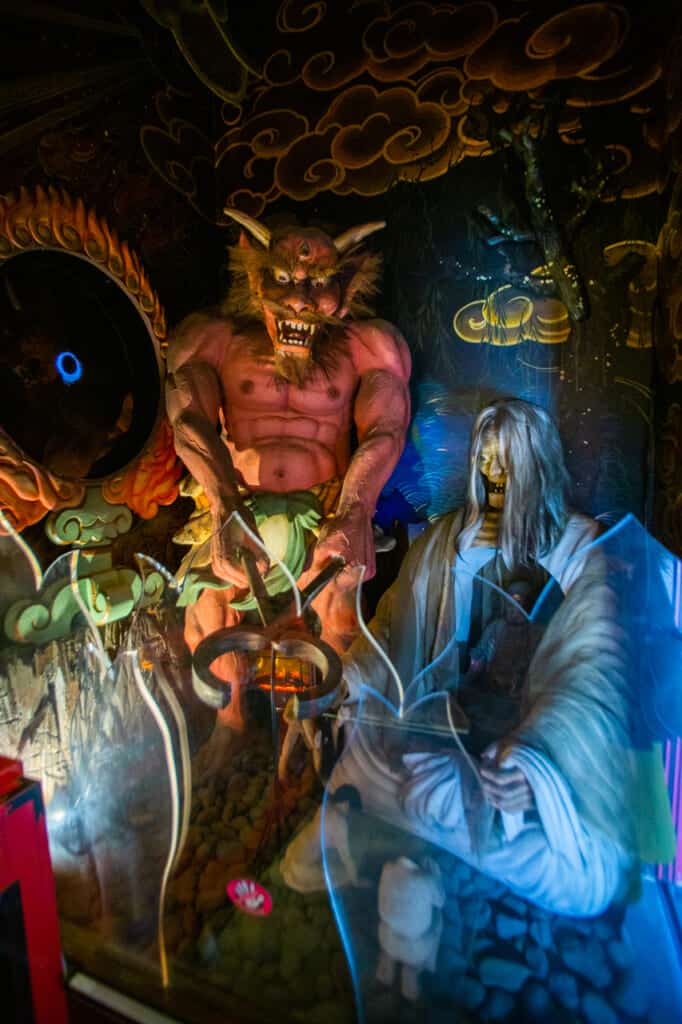
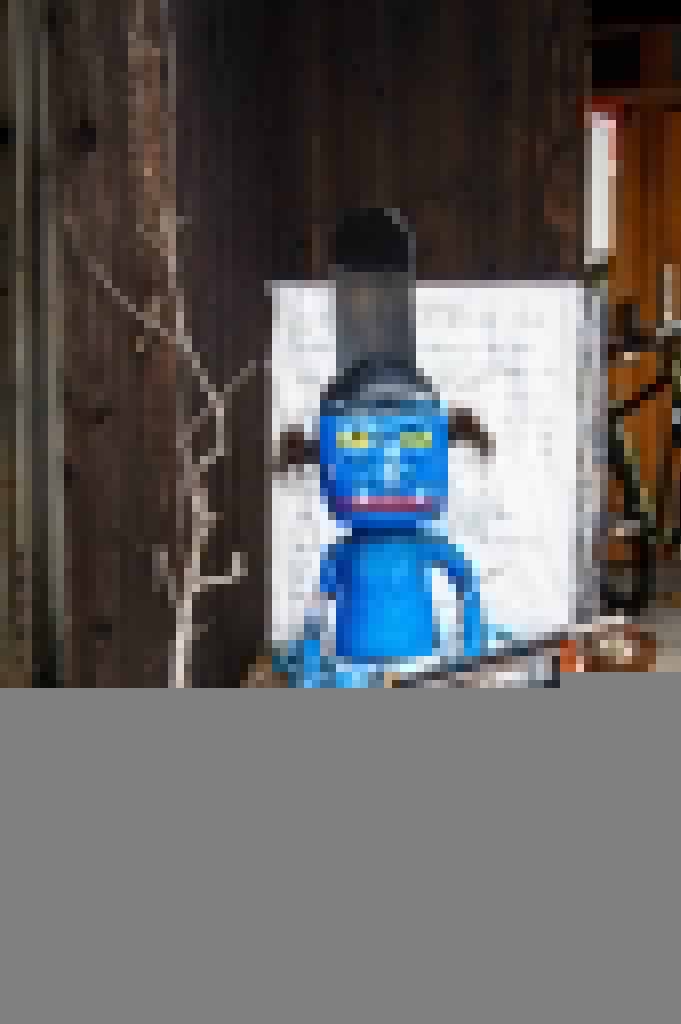
These yokai are the protagonists of the Setsubun, a Japanese holiday celebrated in early February, the day before the beginning of spring according to the lunar calendar. It’s believed that on this day, oni visits Japanese homes. To scare them away, among other things, house doors are decorated with dried fish heads and holly branches.
Tengu (天狗): The Guardians of the Mountain
Tengu (天狗) live in the depths of the mountains and are especially connected to them. Their name means “heavenly dog” although their appearance has nothing to do with these animals. They’re stout, with a red face and a long nose. They can fly thanks to their wings and usually carry a feathered fan on their hands. Tengu possesses a wide range of magical abilities, such as changing the weather according to their needs.
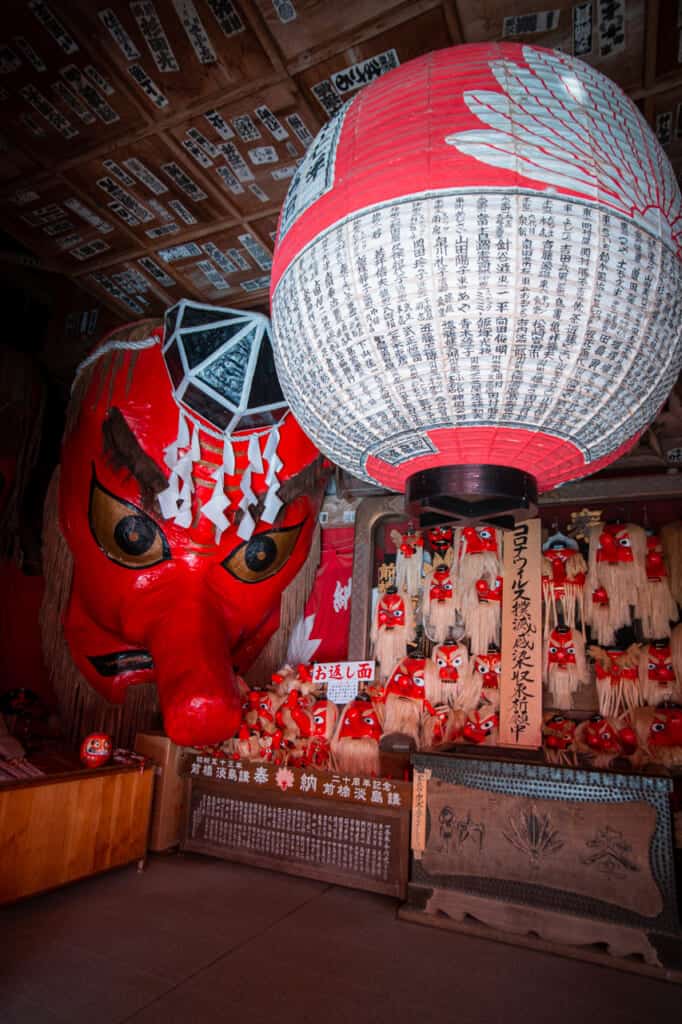
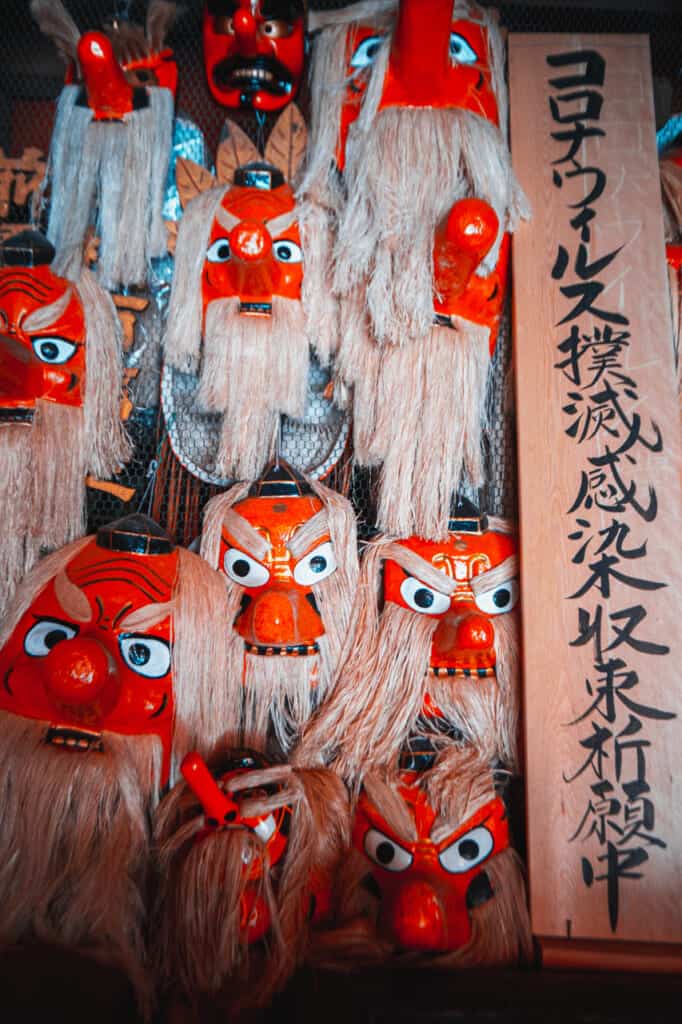
They move through the mountain with great dexterity, emitting noises, whispers, laughter, or drumming sounds that could terrify even the bravest. They’re especially dangerous for the elderly and children as they enjoy kidnapping the most defenseless.
Kappa (河童): The Monsters of the Rivers
Kappa (河童) are one of the well-known yokai in Japan. Their actual existence has even been believed at some point as mummified remains of creatures discovered that had the morphological characteristics of this mythological monster. They live in freshwater areas, and according to the Shinto religion, they were considered the deities of rivers and lakes. Its appearance resembles that of an amphibian and sometimes it’s represented with a turtle-like shell.
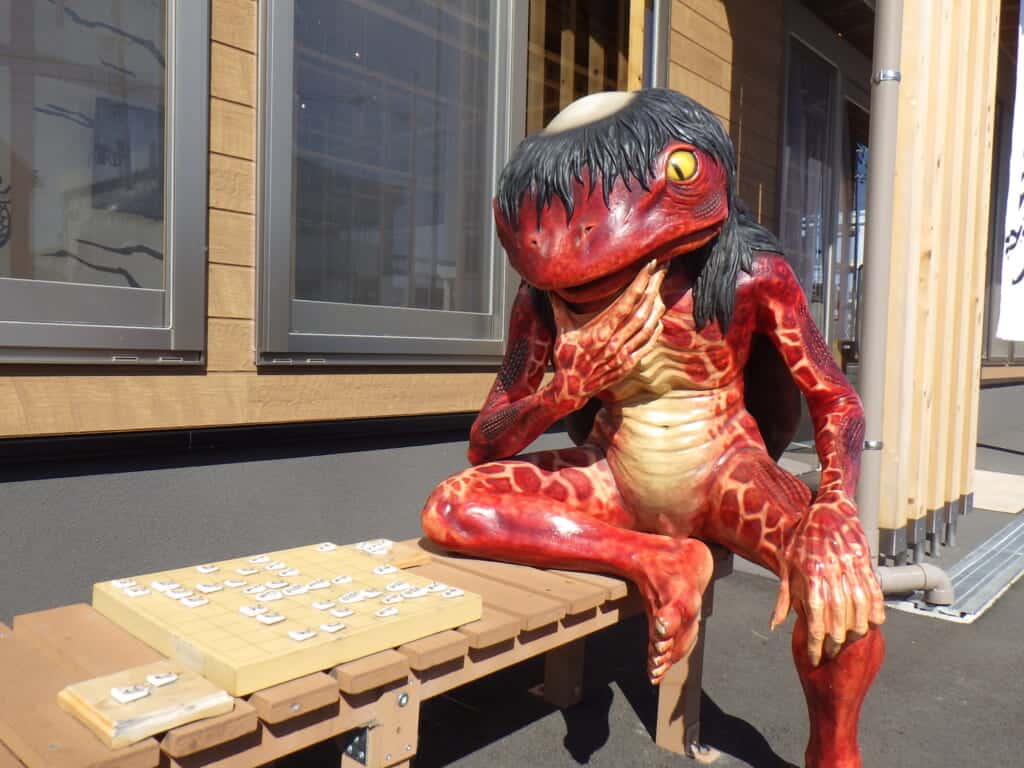
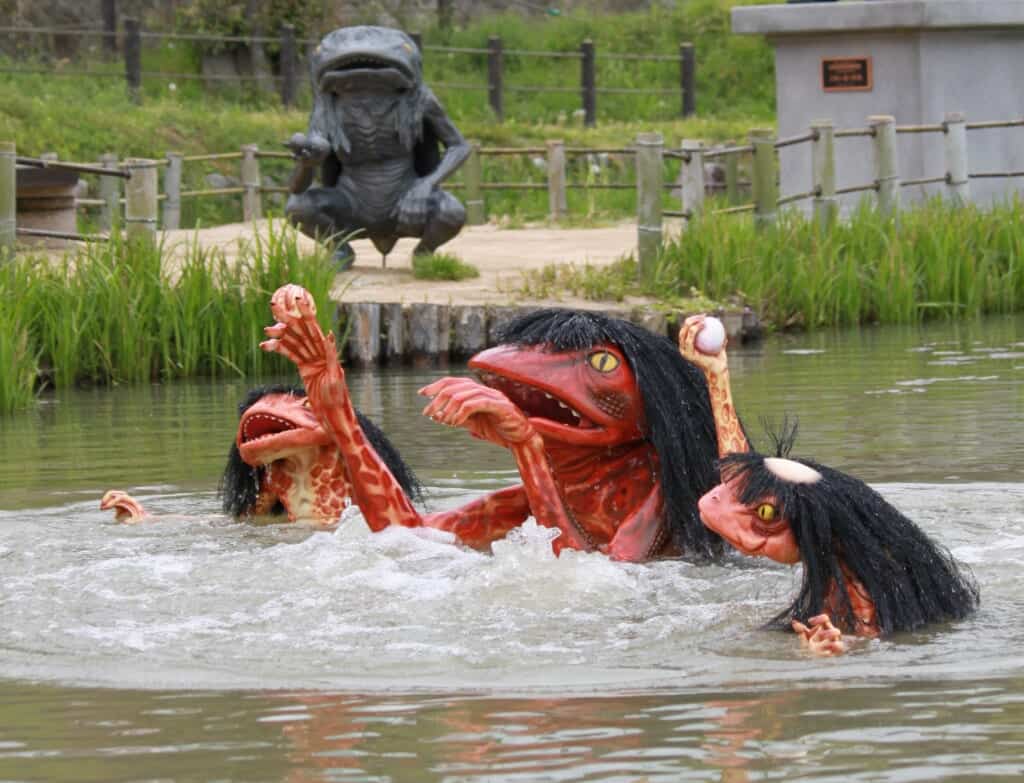
But their most striking feature is a water-filled dish on their head, which is said to be their life source. If the dish is emptied, the kappa will die. Therefore, the best way to defeat them is to bow in front of them. The kappa are so polite that they will return the greeting, spilling the water as they bow to you. These monsters enjoy eavesdropping and scolding women. They’re particularly fond of babies, although not exactly to play with them, but as one of their favorite meals.
Tanuki (狸): The Masters of Disguise
The tanuki is a master of deception and an expert at shapeshifting. Its original appearance is that of a large raccoon-dog and its most powerful attribute is its magical testicles, which are used to perform a multitude of tricks and shape-shifting. The tanuki’s testicles can adapt to any need: they become weapons, drums, umbrellas, and even pools or cloaks to hide from enemies. They also enjoy imitating human activities, such as drinking, gambling, and some Buddhist rituals. Generally, these creatures enjoy simply playing pranks, but they should not be underestimated because they can be dangerous at times.
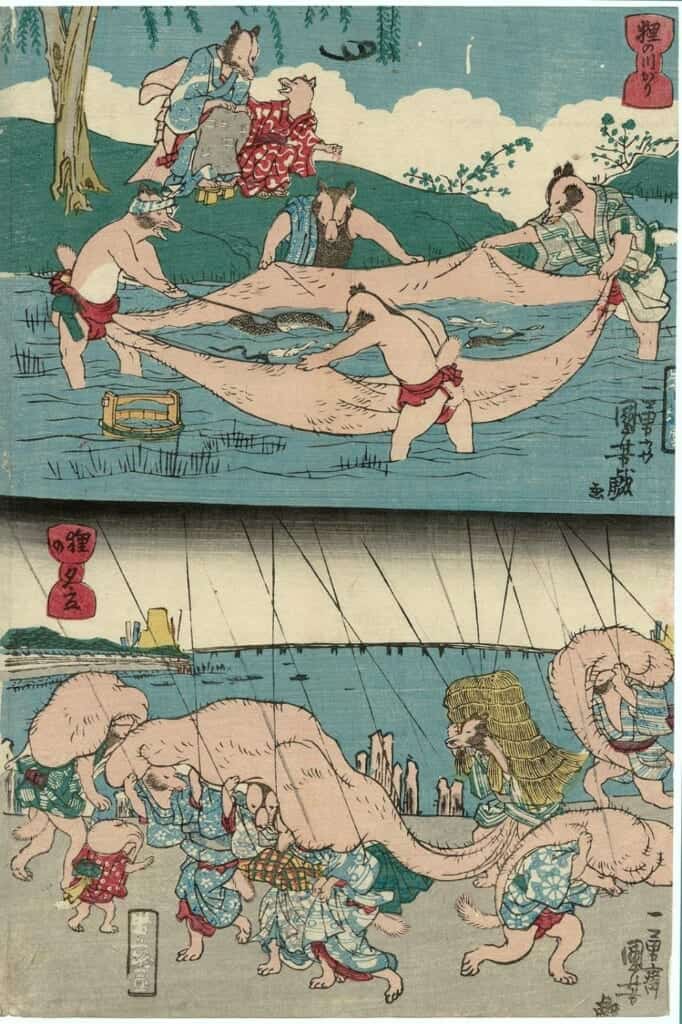
Tanuki are very popular yokai in Japan and today are a symbol of good fortune for businesses. It’s very common to see tanuki figures with large testicles at the doors of shops and restaurants to attract good luck. There’s also a real tanuki, the Japanese raccoon, which despite its similar appearance to a large raccoon, actually belongs to the canid family.
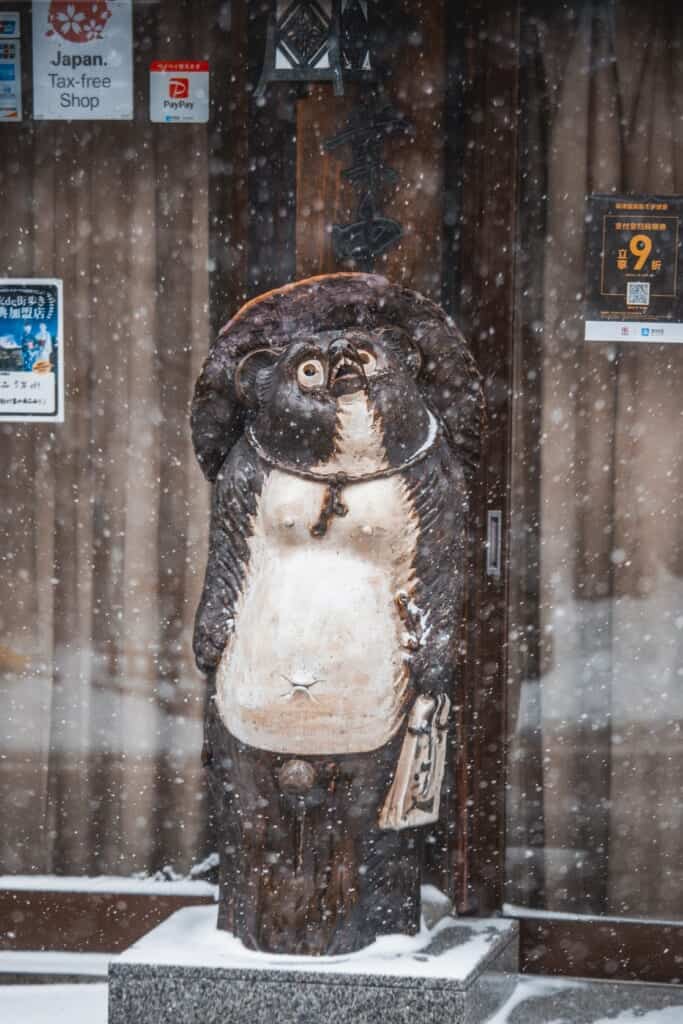
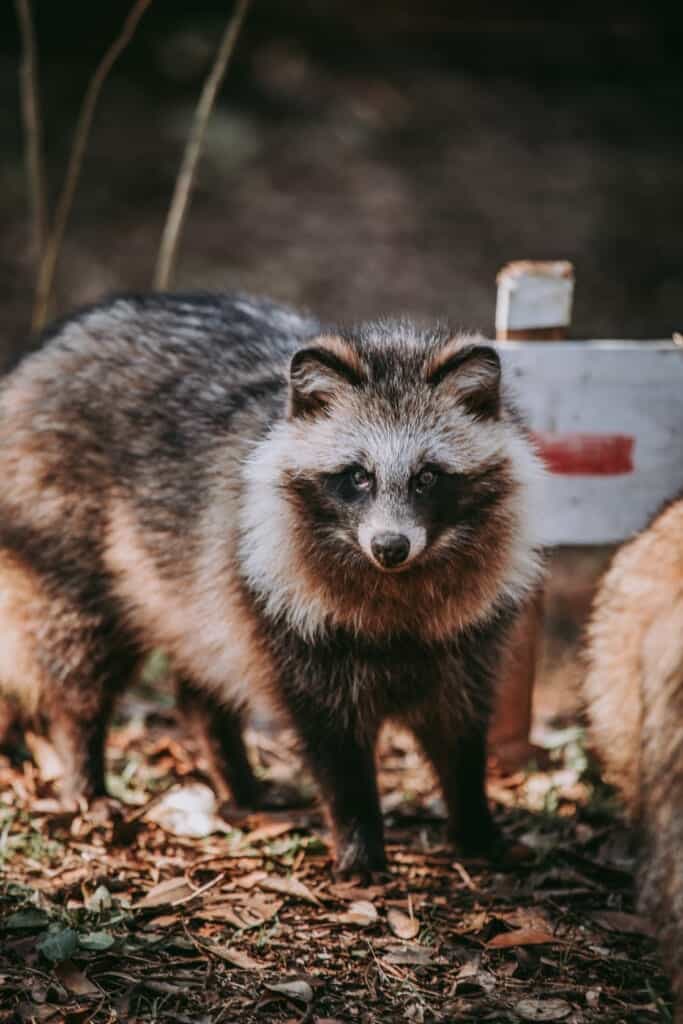
Tsukumogami (付喪神): Objects That Come to Life
As you know, Shintoism has the belief that both animate and inanimate beings have a soul. And precisely, tsukumogami are a type of yokai in which an object receives a soul, and thus becomes alive. It’s believed that it happens when an object turns 100 years old and may become either a cordial spirit that attracts good luck or evil and harmful spirit. The latter is especially true if the object has been mistreated, abandoned, or discarded. A legend says that during the Heian period (794-1185) there was a massive cleanup in the city of Kyoto and many people got rid of old objects they no longer wanted. These objects, feeling rejected and humiliated, began to parade through the streets of the city to take revenge on the people who had scorned them.
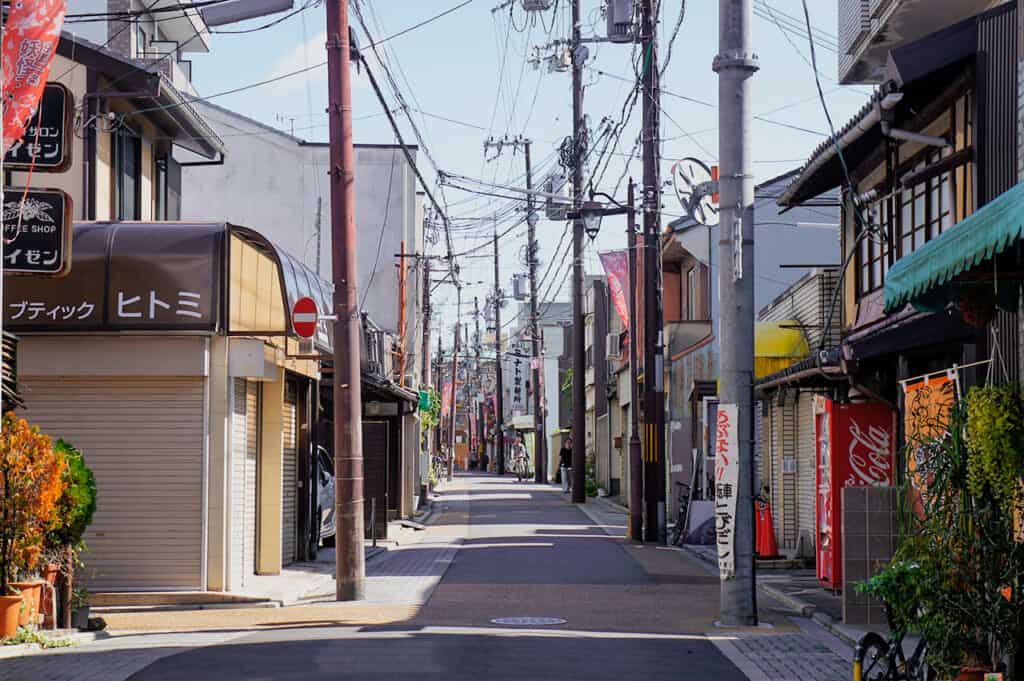
Tsukumogami may turn into hundreds of different objects and artifacts: kitchen utensils, tools, musical instruments, clothes, books, furniture… The belief that old objects become yokai is still alive in Japan today. For example, in some places, offerings are made to tools so their spirits will be reborn. On occasion, broken objects are brought to a shrine to dispose of peacefully so that they will not be occupied by evil yokai.
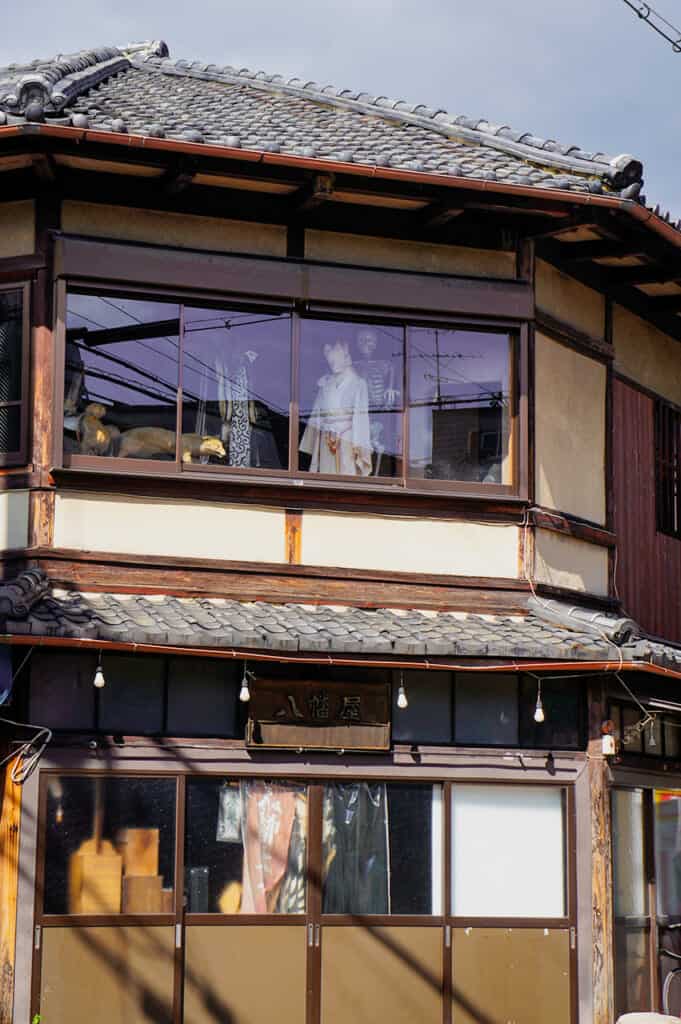
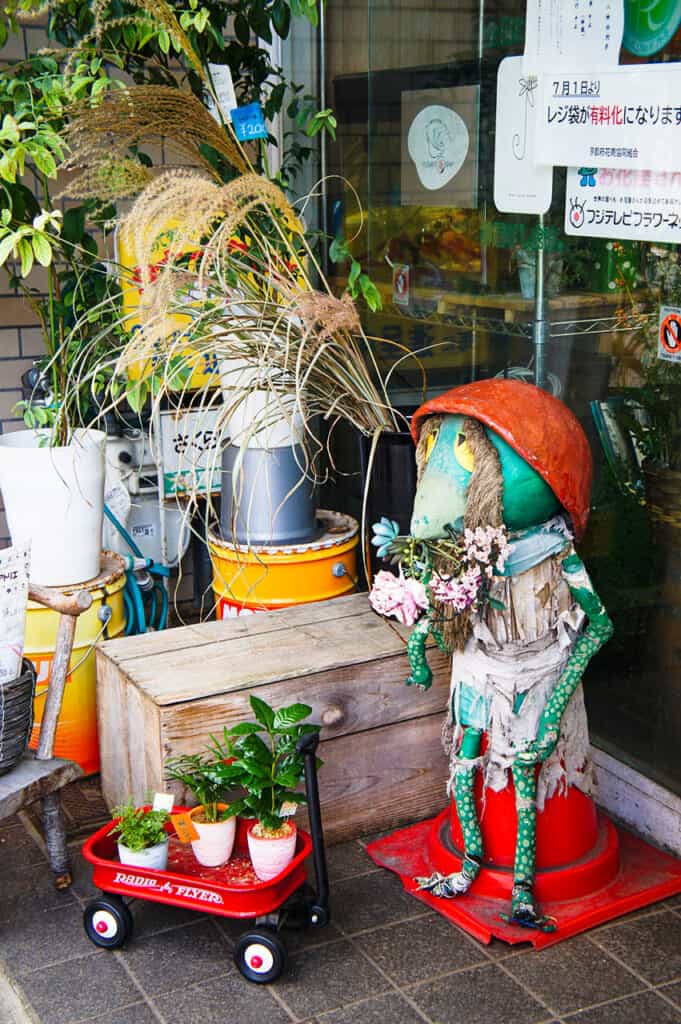
In the month of October, the Ichijo Hyakki Yakou festival (一条百鬼夜行) is held, where some participants dress up as yokai to represent the tsukumogami parade.
Yokai and Yurei: Are They Monsters or Ghosts?
Japanese folklore has been studied for centuries and some researchers include yurei ghosts as a subgroup of the Japanese yokai. On the other hand, others believe they belong to a different category. What seems to be agreed upon by everyone is that there’s a big difference between these supernatural beings.
The yurei are the spirits or ghosts of the deceased who, in general, appear to people or in specific places because of some matters that were left unresolved during their earthly life. On the other hand, yokai are not considered spirits or ghosts because they’re not dead souls. They’re still alive but move in another dimension of space and time different from ours.
Yokai in Japan Today
Although yokai have been present in Japanese art and culture for hundreds of years, they experienced a great boom in the Edo period (1603–1867), caused by the development of the publishing industry and authors who researched and wrote about these monsters. In Miyoshi, a city in Hiroshima Prefecture, there’s the Miyoshi Mononoke Museum, the first museum dedicated to yokai. This museum houses a large part of the collection of Koichi Yumoto, one of the great researchers and collectors of yokai art.
Due to the expansion and export of the Japanese video game, film, anime, and manga industries, the yokai existence has begun to spread globally in recent decades. The fact that these supernatural monsters are still present today is owed mostly to Shigeru Mizuki (水木しげる). He’s one of Japan’s most popular manga authors who’s devoted much of his work to yokai.
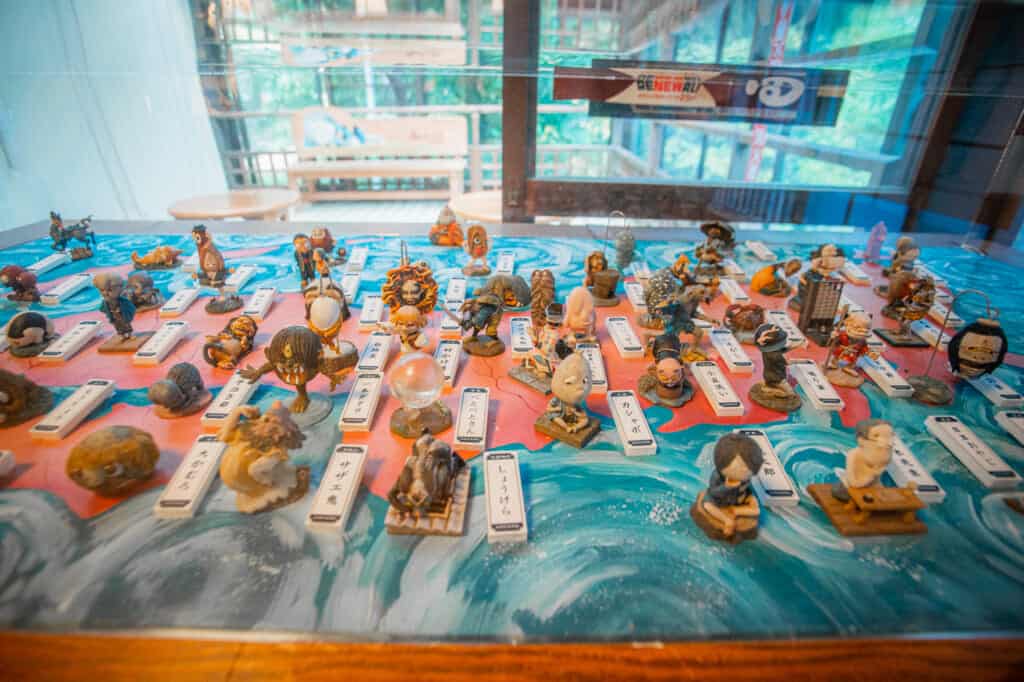
In fact, the image that most Japanese people have in their minds of yokai has been formed thanks to the manga and anime series Gegege no Kitaro (ゲゲゲゲの鬼太郎), created by Mizuki. The popularity of this mangaka and his yokai is so widespread in Japan, that there’s a museum about his life in Sakaiminato, the city where he grew up. He later moved to Chofu, a city in Tokyo, where he remained until his death. And right there, very close to the Jindaiji temple there is also a shop-museum related to his works.
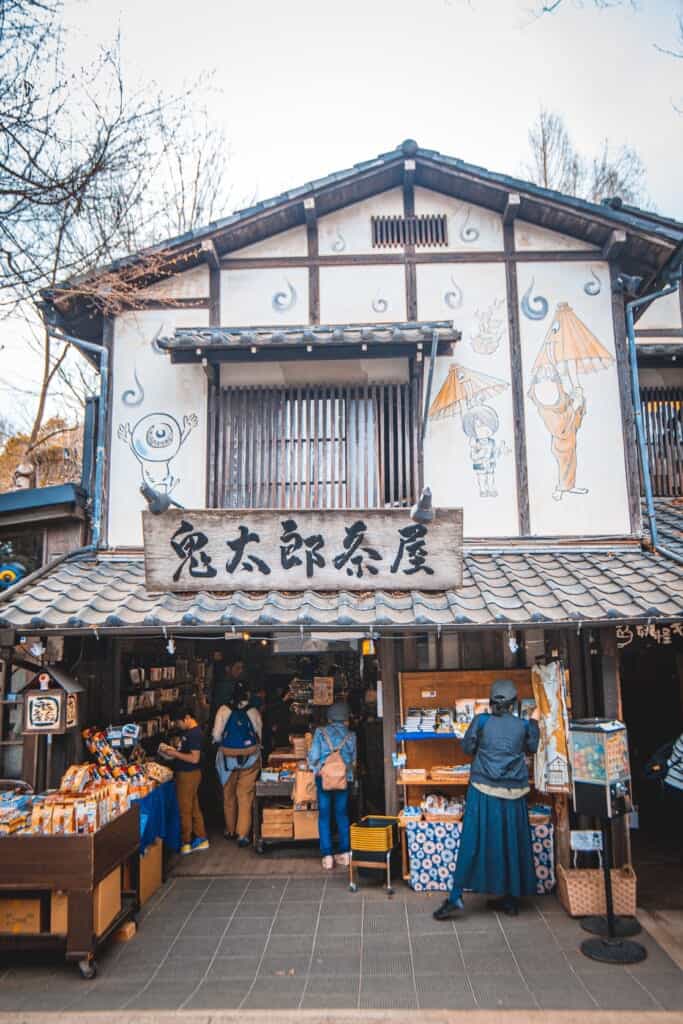
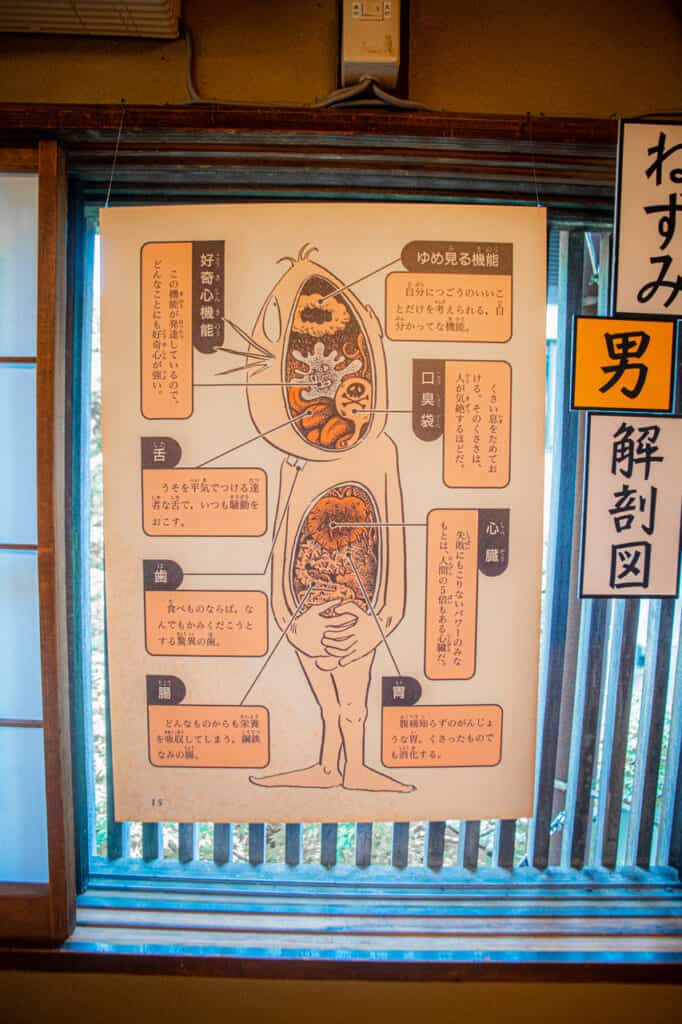
In addition, the yokai have a huge influence on one of the biggest Japanese franchises worldwide. Yes, I’m talking about Pokémon. Many of these animated characters are inspired by yokai and other creatures from Japanese folklore. Oni, tengu, kappa, tanuki, and dozens of tsukumogami, among many other yokai, are part of the great list of Pokémon creatures that exist today.
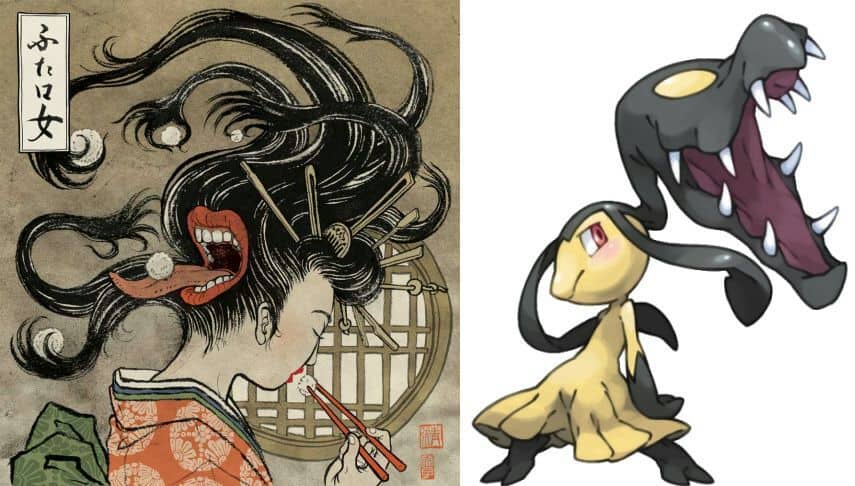
It’s unquestionable that the yokai have played a very important role in Japanese society and the cultural development of the country. There are countless yokai, each with its own story, which for hundreds of years have been passed down from parents to children, from grandparents to grandchildren. Perhaps one day, during a dark and silent Japanese summer night, you’ll feel something tapping on your leg and a strange breeze on the back of your neck. You might find a compelling reason. Or maybe it’s a mischievous yokai who wants to play with you. Believing in its existence is up to you.


